The time of year is fast approaching when lots of festive eating and drinking takes place… only 7 weeks to Christmas! Can you believe it! Well if you are in need of some healthy food items to serve at parties or for your kids to snack on, these Carob and Cashew Protein Balls are a perfect choice. The recipe is so easy to swap around ingredients making them suitable for all sorts of dietary requirements. This recipe is low fodmap, fructose free and low amine and salicylate. But there are so many other ingredient options and the texture can go from crunchy to fudge with a small tweak here and there.
NB: Please note that this recipe has coconut in it. Coconut can be a problematic food for some people who are amine and salicylate sensitive and for others it’s not. For some people the dried coconut is tolerable, but the milk and cream are not or it might be vice versa. If you know that you are sensitive to coconut then it can be easily left out. You can read more about coconuts and salicylate sensitivity here.
Speaking of Christmas –
Sarah Wilson (I Quit Sugar) has just released her updated edition of I Quit Sugar Christmas Cookbook. If you are wondering how to do away with all the excess sweets and sugary treats over the festive season but don’t want to completely go green than this could be the perfect solution for yourself or maybe as a gift for a friend.
It comes as an e-book for just $19. Here’s what’s in it.
|
Carob and Cashew Protein Balls
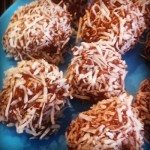
A great snack or sweet treat to share at parties and Christmas get-togethers.
- 1/4 cup cashews (or use any activated nut such as almonds or pecans)
- 1/4 cup pepitas
- 1/4 cup sunflower seeds
- 1/2 cup cashew butter (or use almond, peanut butter or tahini)
- 2 tablespoons carob powder (or use raw cacao or cocoa powder)
- Stevia to taste (if not on a sugar-free meal plan you could use about 3 mejool dates soaked in some hot water first or rice syrup or maple syrup to taste)
- 1/2 cup desiccated coconut and a bit extra for rolling
- 2 tablespoons coconut oil (melted)
- Optional extras: 1/4 cup chia seeds or flax meal or cacao nibs
- Using a food processor blend nuts and seeds until finely chopped.
- Add remaining ingredients and blend until well combined.
- If mixture is too thick <g class=”gr_ gr_258 gr-alert gr_gramm gr_inline_cards gr_run_anim Grammar multiReplace” id=”258″ data-gr-id=”258″>remove</g> from blender and mix by hand.
- Roll mixture into balls using a tablespoon measure.
- Roll in coconut and refrigerate for 2 hours.
Sometimes the mix can vary in consistency. If the mix is runny then put the mix into the fridge and wait for the oil to solidify (approximately 1 hour). Then proceed to roll it into balls. If the mix is too stiff, try adding a bit more oil or a little liquid.
This recipe is suitable for:
fodmap – use a suitable nut
sugar-free meal plan – use the stevia option.
anti-candida – use only the stevia option.
- fodmap – use only stevia and alternative nut option
- sugar-free meal plan – use only stevia
- anti-candida – use only stevia
What’s your favourite protein ball recipe? Will you try these Carob and Cashew Protein Balls?
Share your photos and flavour ideas in the comments below or join in the discussion on my facebook page.



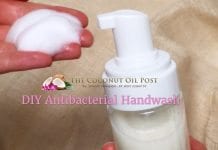


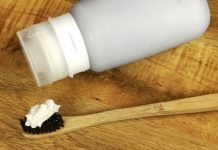


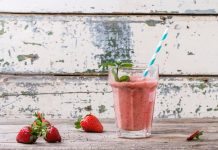
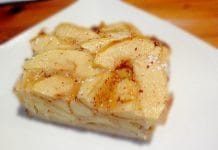



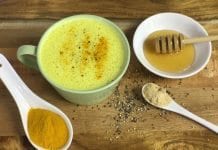
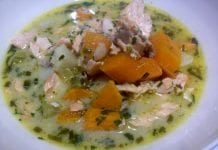


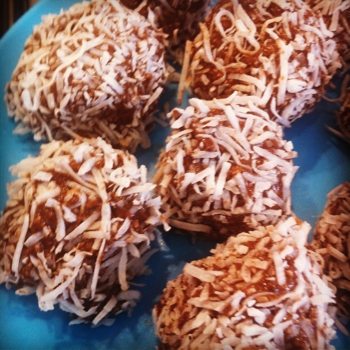









Hi, just wondering how this is low amine & salicylate, when desiccated coconut is very high in both??
Hi Erica,
Coconut is listed as high in both amine and salicylate, however advice I had been given recently that the dried coconut is not always as symptomatic as the milk or cream since the proteins have been taken out through the drying process. There is also the threshold limit to take into account. For some people, there threshold will tolerate some foods high in chemicals if taken in small proportions and not with other foods listed in the high category.Of course if a person is highly sensitive then they will know to eliminate the coconut or decrease it. My daughter has been able to tolerate small quantities of shredded or flaked coconut since being diagnosed. Cheers Kerry 🙂
Actually desiccated coconut is higher in chemicals than coconut milk or cream, not sure what advice you’re getting? This is according to the charts in my book from the allergy clinic at the Royal Prince Alfred Hospital in Sydney.
You are right about different people’s tolerance levels / thresholds, but I think it is very misleading to say the recipe is low in sals & amines when it clearly is not. If someone was trying to follow a failsafe / elimination diet (and didn’t check their charts) they might react and not realise they had broken the diet. I just think you need to be careful saying things are low when they’re not – even if it’s fine for you it might not be for someone else who is trying to follow a low chemical diet.
Hi Erica,
Point taken. However I have the book from RPA as well and for argument sake can you give the page number and reference where it says that desiccated coconut is higher than milk or cream. I can only find one reference that lists coconut as high not very high on page 20 in the table listed nuts, snacks, etc.
I am well aware that coconut can be a problematic food as I wrote an article on it. If you haven’t read it you can read it here.https://coconutoilpost.com/coconuts-salicylate-sensitivity/ My intention is never to mislead people and always try to write as accurately as possible.
I will make a note in that recipe that the coconut can be omitted for people with high amine and salicylate sensitivities. 🙂 Kerry
Hi again,
You must be referring to the Friendly Food cookbook? I also have the Elimination Diet Handbook, in which the charts are more detailed. Desiccated / shredded coconut is listed as very high (SA) under nuts & seeds on page 46, while coconut milk & cream is listed as high (SA) under baking aids, herbs, spices & condiments on page 48. Meanwhile fresh coconut is listed as only moderate, and coconut oil is listed as high. Hope that helps!
Thanks for your reply. Just thought it’s a misleading and potentially dangerous claim to make in your intro if you are using especially desiccated coconut in your recipe, so thanks for taking that into consideration for those who are sensitive to food chemicals!
Looks like a great recipe though, might even give it a whirl (possibly without the coconut hehe…). Thanks again 🙂
Oh, and hate to be a party pooper, but just another heads up – pepitas and sunflower seeds are also high in sals and amines! Do you think it’s possible to make this recipe without coconut or the seeds?
Hi Erica,
Yes the recipe would be fine to make without pepitas and sunflower seeds. You could either put extra cashews instead. 🙂 Kerry
Hi again Kerry,
Just an update – I finally got around to making these, with cashews & hazelnuts, without the seeds, and with coconut flakes (since I didn’t have desiccated – still high in the chemicals but have been experimenting a bit with coconut lately!). And I have to say – YUM!!! These are so delicious, they taste a bit like a tasty, nutty, dark chocolate (which I also haven’t been able to have lately!), and very hard to have just one! So thank you for a yummy and healthy treat, I’ll definitely be doing these again! 🙂